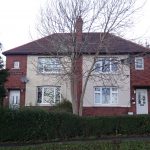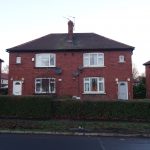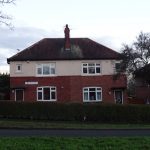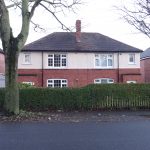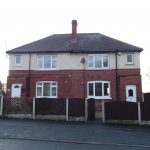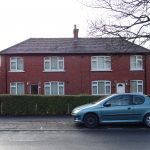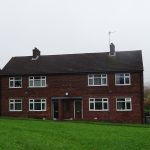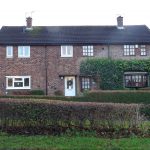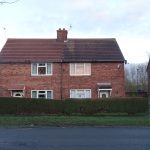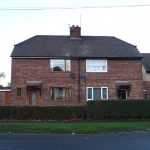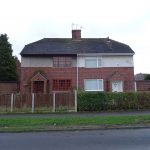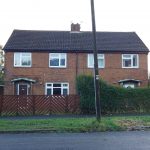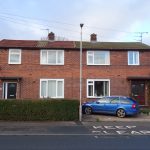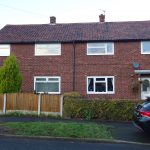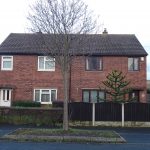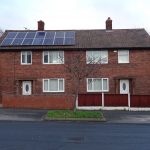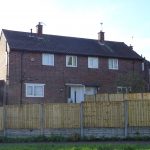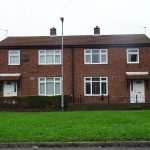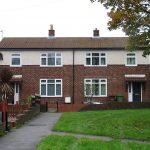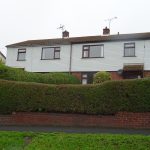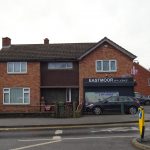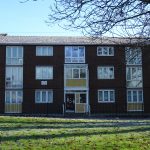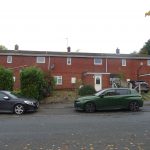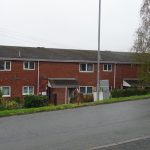The council estate masterplan
The council house building era
Although council housing schemes had been started elsewhere in England at the beginning of the twentieth century, it was some time later before they were built in Wakefield. Portobello and Lupset were the first to be built during the interwar period, and Eastmoor’s first houses were ready in 1930.
The city’s council houses were originally planned for housing the families who were being displaced from unsuitable Victorian housing (through so-called ‘slum-clearance’ programmes), but the loss of housing during World War II meant that even more housing was needed… and it was needed quickly.
The Eastmoor estate expanded across the fields to the East so that the settlement once centred on Stanley Road, became the Western edge of Eastmoor. Eventually, all of the old yards containing the early Victorian houses and businesses were demolished, leaving the later Victorian and Edwardian houses, and the council estate that are present today.
The masterplan and its phases
Architectural design
The four main phases of development mirror the dominant architectural styles of their period.
In the 1930s, the houses were built with brick walls and clay roof tiles and had features that had been popular in the Victorian and Edwardian periods such as timber sliding sash windows and panelled doors.
By the 1950s, new styles were developing and new materials were available. Some houses and the flats (maisonettes) on the estate continued to be made from load-bearing bricks. They had metal windows, some of which were of quite small proportions. At the same time however, another type of housing was being built. This was made from a timber frame with a brick skin, and had corrugated sheet roofing. Although they were a permanent form of housing, they were quick to erect, the same as the prefabs. These houses have relatively large windows.
The 1970s saw the construction of mainly flats and maisonettes, and the final phase of houses and flats was completed in the 1980s.
A few houses have been built more recently on land that was previously used for other purposes.
Phase 1 house types
Phase 2 house types
Phase 3 house types
Phase 4 house types
All background maps are from OpenStreetMap. The maps can be distributed under the Creative Commons Attribution-ShareAlike 2.0 licence (CC-BY-SA-2.0).











